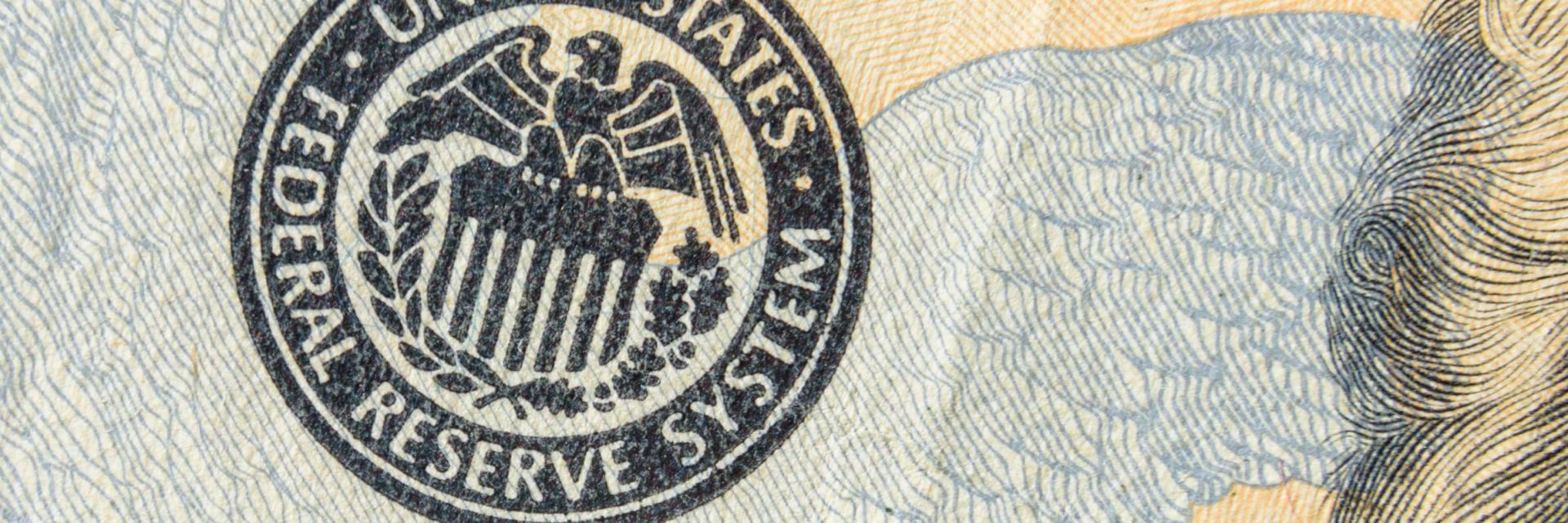
Will the Fed ease off as US inflation cools?
19 January 2023
Please note: The article does not constitute advice or any form of investment recommendation.
The latest inflation data to come out of America suggests that price pressures are continuing to ease – with the US Consumer Price Index falling for a sixth consecutive month in December, and inflation falling to its lowest level in more than a year.
Although annual US inflation is still at an uncomfortably high 6.5%, this represents a notable decline from the 9.1% figure posted back in June.
Why does it matter? As the world’s most influential economy, events in the US have a ripple effect, particularly when it comes to the global battle against inflation.
The ‘disinflation party’
The slowing of inflation clears the way for the US Federal Reserve (Fed) – the central bank that determines interest rates across the country – to reduce the size and scope of any future interest rate rises in 2023.
Many analysts now believe that a February rate hike is likely to be contained at just 0.25%, rather than the 0.5% previously forecasted.
US interest rates currently stand in a range of 4.25% to 4.50% (after seven rate hikes in 2022), with markets now forecasting a peak upper target of just below 5% later in 2023.
As well as global stock markets advancing on this inflation data, bond investors have also been buoyed by the so-called “disinflation party” – with bond yields retreating on government bonds, and spreads for high-yield and investment-grade corporate debt tightening. Both are seen as positive indicators in bond markets.
As always, it’s worth remembering that past performance is never a guaranteed indicator of future performance.
All eyes on the Fed
As we covered in our previous article – The Fed opts for another hike – the global economic outlook remains far from certain. But all eyes will be on the Fed in the coming weeks and months as it continues to walk the inflation-recession tightrope, especially as its every move is closely watched due to the key role it plays in the global economy.
However, more evidence may yet be needed of slowing US inflation before the Fed seriously considers halting or even reversing interest rate hikes, especially when it needs to factor in competing pressures of strong domestic wage growth and a tight jobs market.
Yet, markets are currently pricing in a 0.5% cut to US interest rates by year-end – after reaching expected highs of 5% – but there is little to suggest this is on the Fed’s immediate agenda. Thinking further ahead, it may be signs of a weakening economy, rather than any inflation figures, that could trigger this downward move in interest rates.
For now at least, the latest US inflation figures are certainly more positive than what we saw last year, and they lend weight to the view that any recession could be relatively shallow and short-lived.
If the end of 2022, and the start of 2023, are a sign of things to come, then inflation-weary investors may start believing that the worst is now behind them.
Related articles
This communication is general in nature and provided for information/educational purposes only. It does not take into account any specific investment objectives, the financial situation or particular needs of any particular person. It not intended for distribution, publication, or use in any jurisdiction where such distribution, publication, or use would be unlawful, nor is it aimed at any person or entity to whom it would be unlawful for them to access.
This communication has been prepared by Barclays Private Bank (Barclays) and references to Barclays includes any entity within the Barclays group of companies.
The communication is:
- not research nor a product of the Barclays Research department. Any views expressed in these materials may differ from those of the Barclays Research department. All opinions and estimates are given as of the date of the materials and are subject to change. Barclays is not obliged to inform recipients of these materials of any change to such opinions or estimates;
- not an offer, an invitation or a recommendation to enter into any product or service and do not constitute a solicitation to buy or sell securities, investment advice or a personal recommendation;
- is confidential and no part may be reproduced, distributed or transmitted without the prior written permission of Barclays; and
- has not been reviewed or approved by any regulatory authority.
Any past or simulated past performance including back-testing, modelling or scenario analysis, or future projections contained in this communication is no indication as to future performance. No representation is made as to the accuracy of the assumptions made in this communication, or completeness of, any modelling, scenario analysis or back-testing. The value of any investment may also fluctuate as a result of market changes.
Where information in this communication has been obtained from third party sources, we believe those sources to be reliable but we do not guarantee the information’s accuracy and you should note that it may be incomplete or condensed.
Neither Barclays nor any of its directors, officers, employees, representatives or agents, accepts any liability whatsoever for any direct, indirect or consequential losses (in contract, tort or otherwise) arising from the use of this communication or its contents or reliance on the information contained herein, except to the extent this would be prohibited by law or regulation.